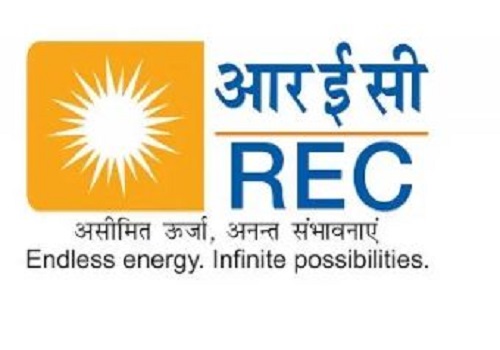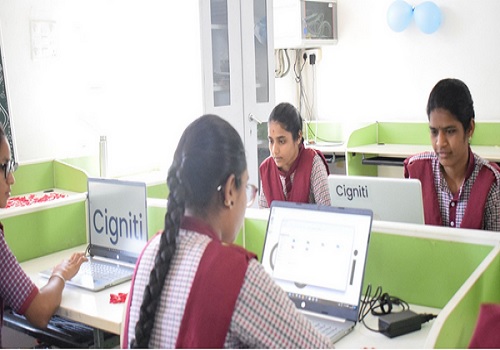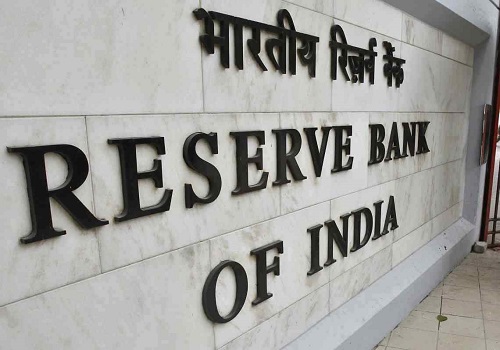Education loan AUM of NBFCs in India to cross Rs 60,000 crore this fiscal

Amid the rising demand for higher education abroad, the education loan asset under management (AUM) of non-banking financial companies (NBFCs) in India is projected to grow at healthy 40-45 per cent to cross Rs 60,000 crore this fiscal, a report said on Tuesday.
After robust growth of over 80 per cent and 70 per cent in fiscals 2023 and 2024, respectively, NBFCs’ education loan AUM rose to Rs 43,000 crore as on March 31, 2024, according to a report by CRISIL Ratings.
The number of Indian students studying abroad is estimated to have doubled in the past five years to around 13.4 lakh as of last fiscal.
“Only a tenth are being funded by these NBFCs, and even including education loans by banks, the financed quantum is not much higher,” said Ajit Velonie, Senior Director, CRISIL Ratings.
What that indicates is that a large portion of overseas education is being funded through alternative means -- informal financing, self-funding, or perhaps other forms of loans.
“That shows education loan companies have significant headroom for growth. Rising ticket sizes because of ascending tuition fees, inflation and living expenses are also tailwinds,” Velonie added.
Education loans, primarily those to fund courses overseas, will continue to be among the fastest-growing segments for NBFCs because of rising demand for higher education.
According to the report, strong micro-market intelligence and fast turnaround times have allowed NBFCs to carve out a niche in the education loans space.
The portfolio performance of these NBFCs have been resilient so far based on strong credit underwriting.
Malvika Bhotika, Director, CRISIL Ratings, said that additionally, prepayment and foreclosure rates are high as 35-45 per cent of the loans get prepaid during the initial moratorium period of typically three years.
“Most of the loans are repaid in 5-7 years even where the contractual tenure is higher. However, given the recent high growth, around 90 per cent of the portfolio is currently under moratorium. So, asset quality performance over the longer term remains to be seen,” Bhotika.























